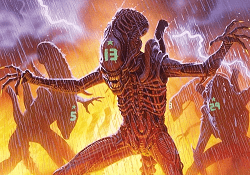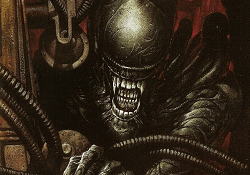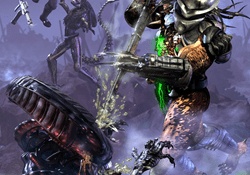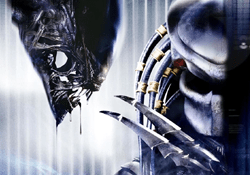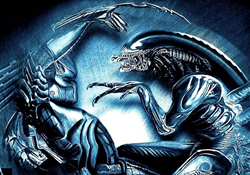Deacon: Origins And Fate Of The Prometheus Alien
The Deacon marks a significant stage in the mutations caused by the Black Goo Pathogen. First emerging from an Engineer on LV-223, the Deacon had unique characteristics somewhat similar to the Neomorphs and can be considered to be a prototype variant of the Xenomorphs. Although never showing up in the later movies, the Deacon had its final fate described in the Fire and Stone comic series. In this article, find out what was the full origin of the Deacon and what became of this unique creature.
The Alien/Deacon Mural
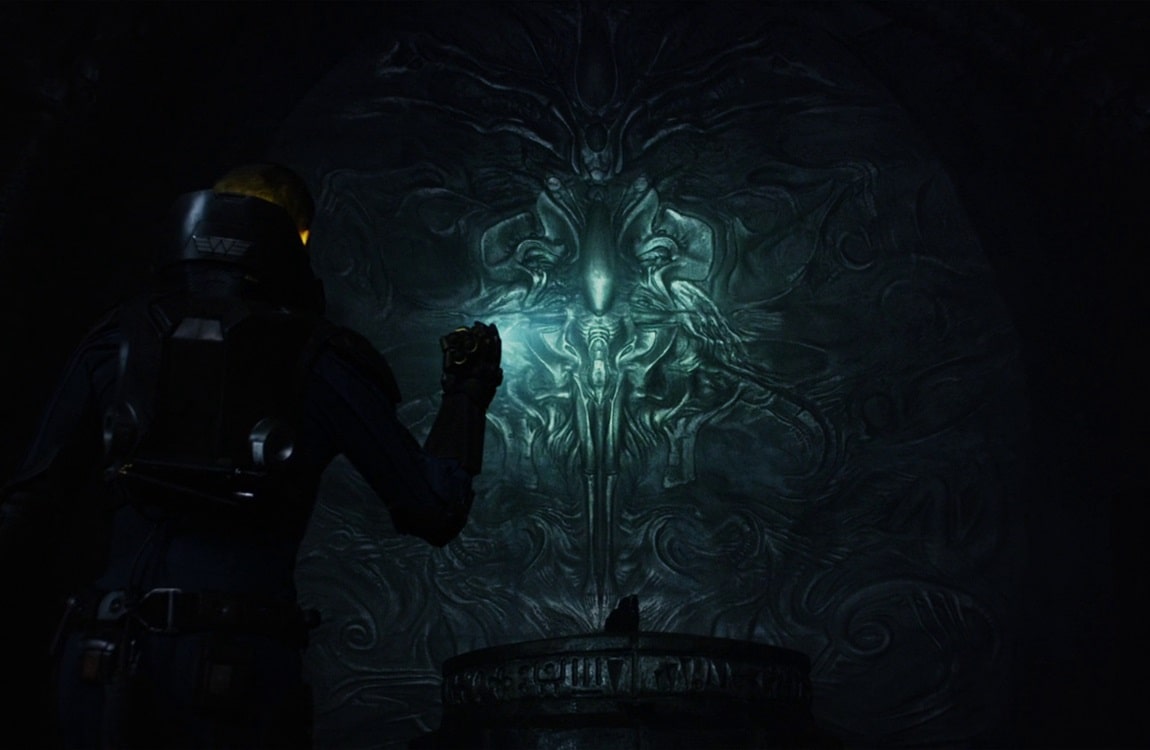
A mural depicting the Alien/Deacon, discovered in the Engineer Temple on LV-223, serves as a cryptic piece of the puzzle. This artwork intricately links the Deacon's destiny with the Xenomorphs, suggesting a deep, possibly ancient connection between the two species. This mural, featuring a fully-grown Xenomorph with Deacon-like arms, lacks the biomechanical motifs typical of Xenomorphs, indicating a closer biological relationship between the two species than previously thought. The mural was perhaps a design that the Engineers worked towards, or worshipped as a long-gone perfect creation.

Deacon Life Cycle
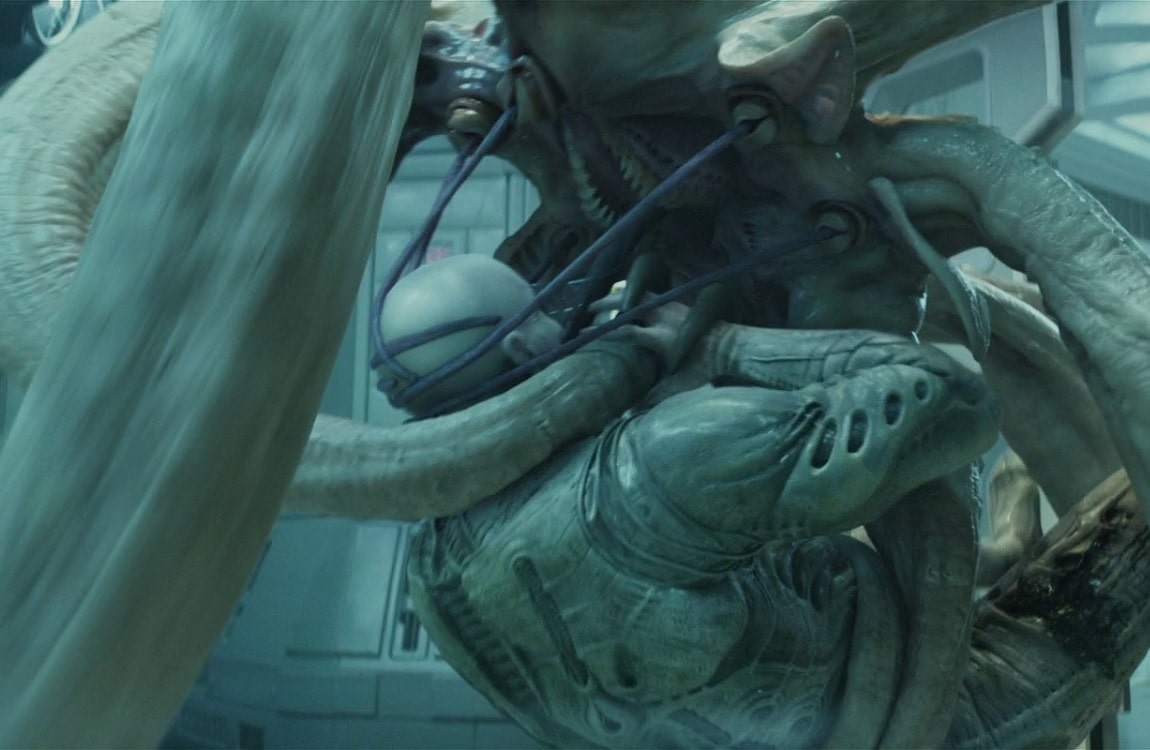
The Deacon's complex and somewhat accidental life cycle is initiated by the Black Liquid, or Chemical A0-3959X.91 – 15. This pathogen, designed by the Engineers, induces genetic chaos upon contact with different species' genomes. After Holloway ingested the pathogen from a drink tampered with by the android David, he transmitted his infection to Shaw during intercourse, leading to the rapid development of a Trilobite (a proto-facehugger) inside her. The Trilobite, upon reaching maturity, attacked and impregnated an Engineer when Shaw released it, setting the stage for the birth of the Deacon.
Birth Of The Deacon
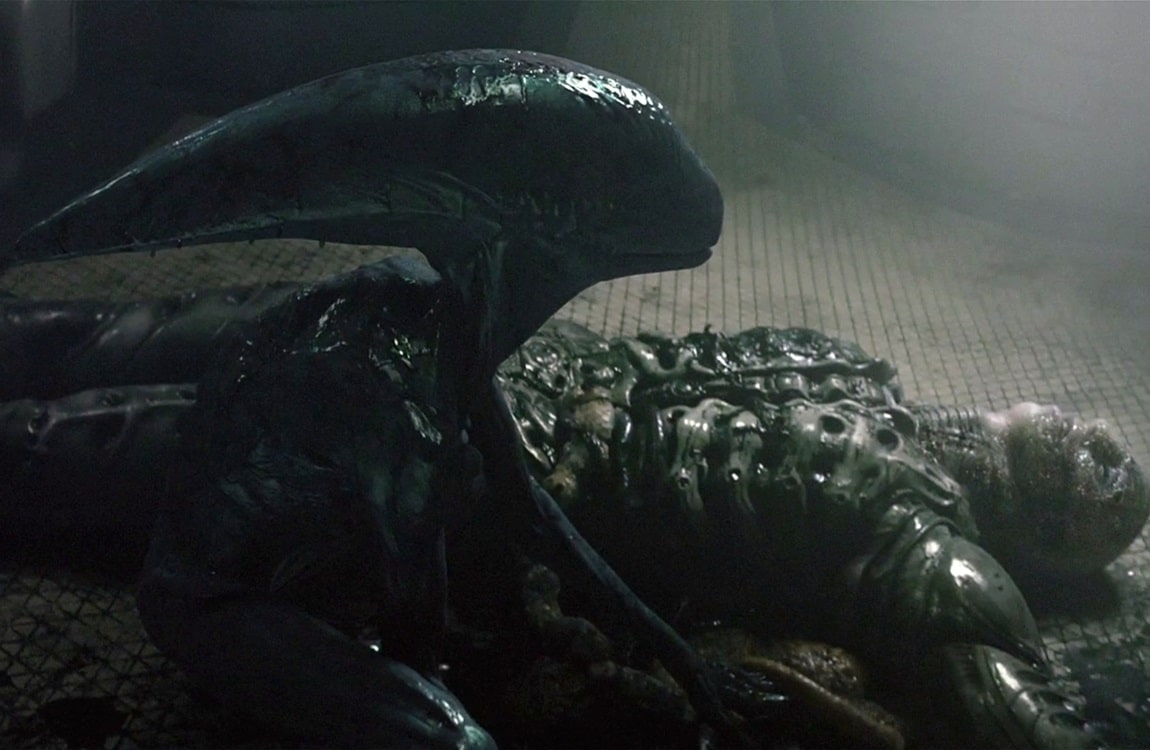
The Engineer never woke up from his ordeal with the Trilobite, but was possibly still alive during the birth, convulsing heavily. This led to the emergence from the Engineer's chest, a birth both violent and symbolic. The Deacon was born together with an umbilical cord connected to a yellow pulsating sack, an organ of unknown purpose. Upon birth, the Deacon extended its inner jaw and growled in anger. The ending of Prometheus heavily mirrors the ending of the first Alien vs. Predator movie and isn't the only similarity between the two.

Deacon Characteristics

Physically, the Deacon is distinguished by its blue smooth body, plantigrade legs, pink inner mouth, and unique dental structure featuring herbivore-like upper teeth and sharp lower teeth. Unlike the Xenomorphs, it lacks a tail and has a head that ends in a sharp point. This sharp point helped the Deacon to break out from the Engineer's body and possibly has a defensive purpose as well. The Deacon's size is formidable, comparable to a full-grown human even at birth, suggesting a rapid growth rate and formidable strength. Unfortunately, a full-grown Deacon is never seen, but it can be speculated it had acid for blood.
The Deacon Transforming Into An Organic Mountain

One of the most extraordinary aspects of the Deacon's life cycle is its transformation into an organic mountain over the course of more than 100 years. As suggested in the Dark Horse Fire and Stone comic series, the mountain was formed around the wreckage of the Prometheus, the crashed Juggernaut, and possibly some of the remaining bioweapon structures as well. This metamorphosis suggests an unprecedented level of adaptability and mutation, potentially accelerated by the Black Liquid's effects. The creature, having become a part of LV-223's landscape, became a living testament to the unintended consequences of the Engineers' bioweapons.
Final Fate
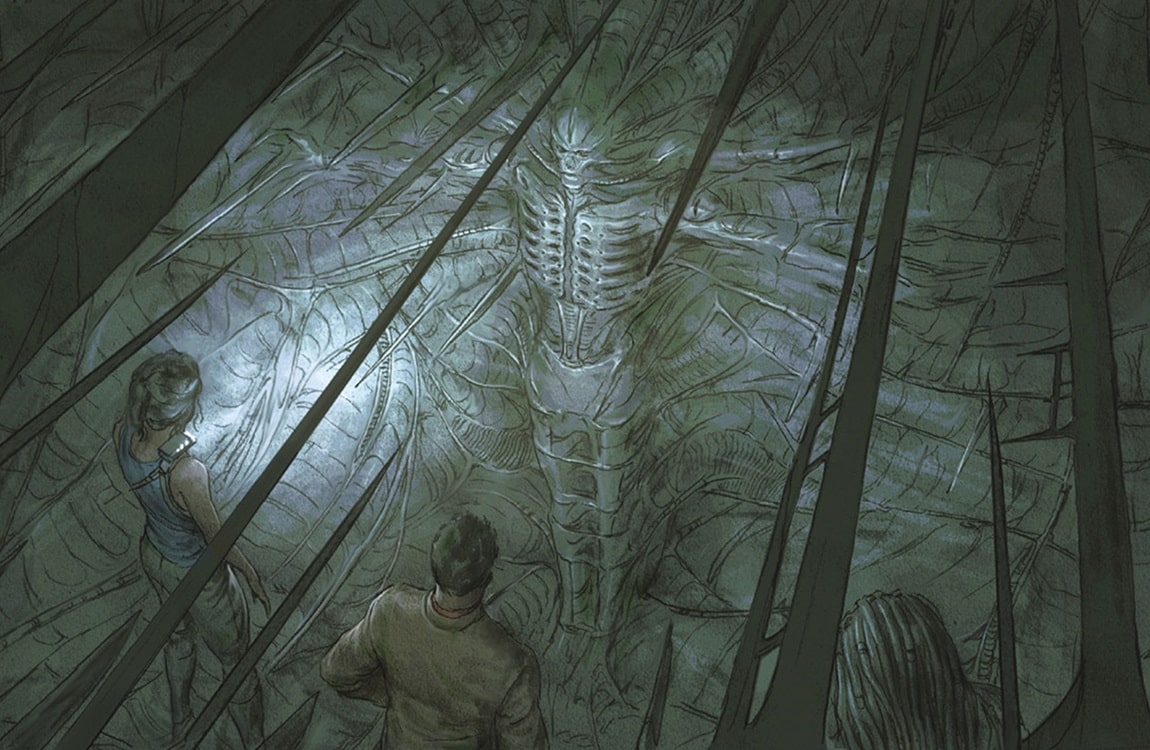
The crew of the Onager, arriving on LV-223, began drilling into the mountain, only to discover it was alive, a revelation made by Elden who concluded that they had struck a vein of the Deacon itself. As the walls of the structure began to close in, threatening to crush them, Elden heroically merged with the Deacon, manipulating its living tissue to create an escape route. This act of sacrifice allowed the crew to escape, leaving the Deacon as a colossal mountain on LV-223 that still posed a threat to anyone who would walk inside its caves.
Deacon And Xenomorph Differences
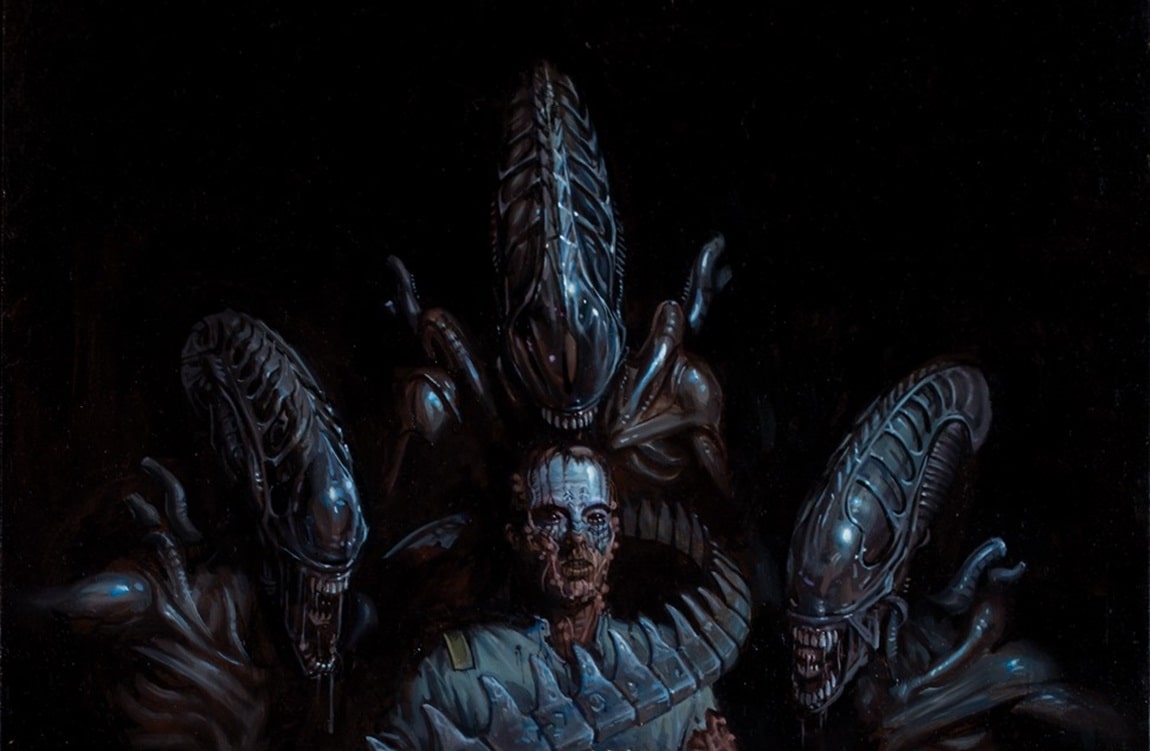
The Deacon differs from Xenomorphs in various aspects, including its origin, physical structure, and developmental process. While the Xenomorphs anatomy adapts traits from their hosts, the Deacon's birth process and morphology are unique. Unlike Xenomorphs, the Deacon has a protrusible jaw similar to a goblin shark, and its body is nearly smooth, lacking biomechanical features. The Deacon was supposed to be more heavily used in the Fire and Stone comic series, but this had to be switched to Xenomorphs instead, not to intrude with the upcoming Alien: Covenant movie by Ridley Scott.
Deacon And Neomorph Differences

While both the Deacon and Neomorphs share a common origin from the black goo, their life cycles and physical characteristics differ. Out of the Xenomorph, Deacon, and Neomorph, the latter has the most efficient life cycle, using airborne spores that infect a person in mere minutes. This would lead to the birth of a Neomorph in about an hour. Despite having much paler skin, the Neomorphs are perhaps physically more similar to the Deacon than the Xenomorph, both lacking any biomechanical features.
Behind The Scenes
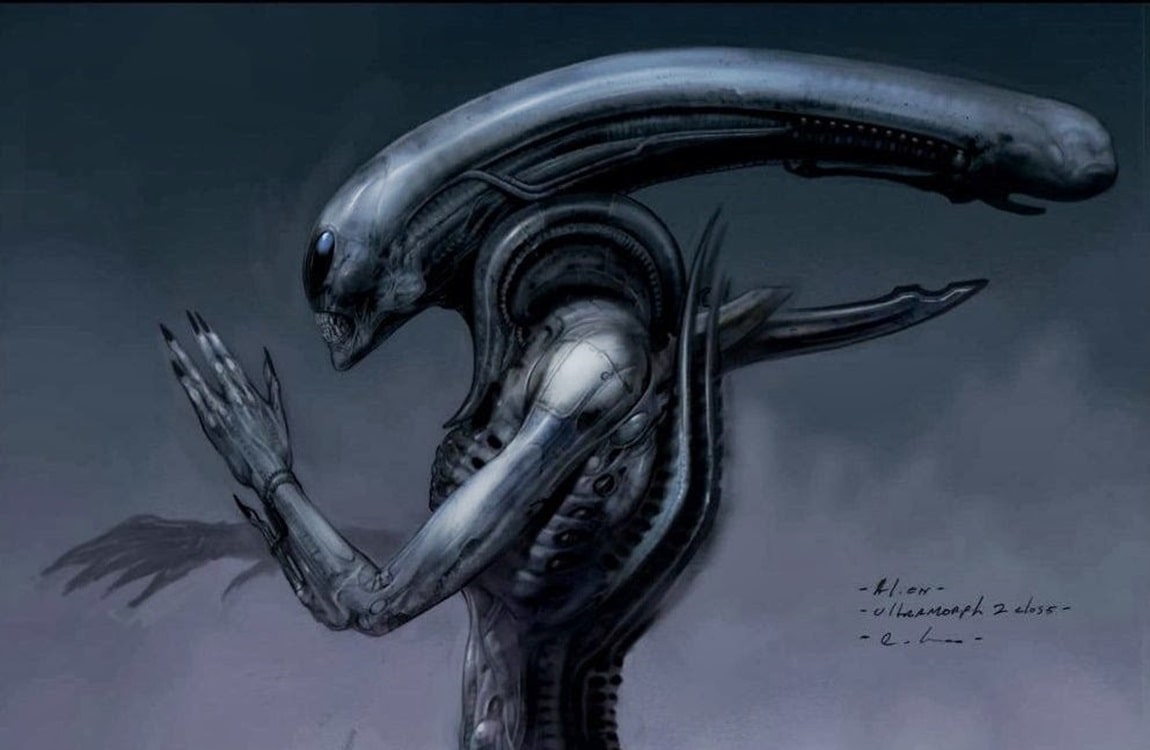
The Deacon (also sometimes called the Aethon) got its name during the production due to its head being similar to the Bishop's mitre, the Catholic church Deacon's pointed hat. The Deacon's development underwent several changes during the production of Prometheus. Originally conceived as an Ultramorph in Jon Spaihts' script (more similar to a Xenomorph), it was later transformed into the Deacon we know today. The Xenomorphs (or Praetomorphs) would later arrive in Alien: Covenant, which Ridley Scott presumed was what fans wanted.
Deacon Figures

The Deacon has transcended its role in the film to become a popular subject for collectors and fans. NECA Toys released the Deacon together with two Hammerpede "snakes" and the head of an Engineer together with a helmet. With the David, Holloway, Shaw, Engineer, and Trilobite figures by NECA, one could re-create the whole life cycle of the Deacon. Although no other action figures have been released, several static statues of the Deacon are available for collectors, including one from Eagless which includes the umbilical cord connected to the yellow sack.
Conclusion
In conclusion, the Deacon from Prometheus is a unique creature in the Alien universe that was never seen to reach its full potential. Instead, the sequel of the movie focused on new creatures, including the Neomorphs and Praetomorphs. Still, the Deacon was not forgotten and was featured in the epic Fire and Stone series, where it received a somewhat bizarre and unique farewell, in the form of a giant mountain that still posed some dangers.
Tag Categories: Individual Xenomorphs, Space Jockey Lore

